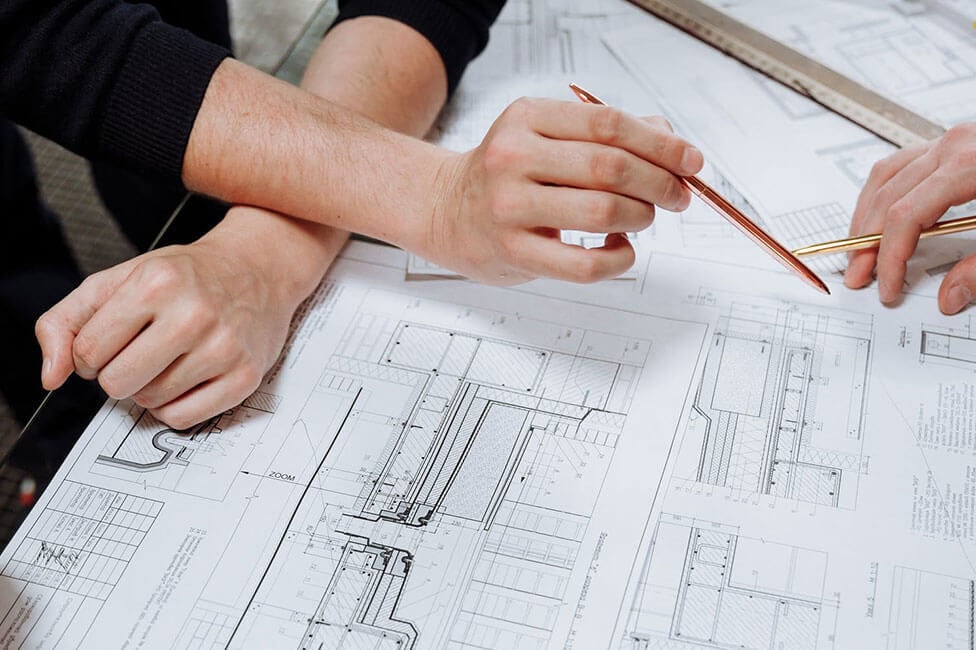As a building product manufacturer, it's essential that you design and develop your products with every stakeholder in mind, especially the end-users like those in the architecture, engineering and construction (AEC) industry in mind. AEC industry professionals world closely with materials throughout their months-long and engaging creative process – from inspiration to researching about purchasing products, they ultimately are specifying products into top design projects. Therefore, it's up to you, the building product manufacturer, to keep improving your products and design library to meet the needs and specifications of architects, designers, and engineers.
While it isn't that straightforward, specifying building products, like yours, helps designers and architects work more effectively. Having design collateral such as Specifications, Computer-Aided Design, and Building Information Modeling (BIM) or even design inspiration ensures that top AEC professionals will be able to specify your products, efficiently and be able to incorporate them into their projects effectively.
Learn how the AEC industry professionals specify building products, such as yours. This article will help you understand how to set yourself apart from other building products manufacturers in North America.
1. Inspiration is Crucial to Designers
Building material manufacturers should strive to provide more value beyond their products. Most designers and architects want inspiration on materials from your work, especially at the beginning of a project. Initially, architects would opt for physical visits to see how the materials worked for previous works. However, digital space like the internet and the cloud is changing how AEC professionals get inspiration on materials. Have a gallery with photos of your materials or of previous projects where they were used if you don't have physical samples available at the ready.
2. Ensure You Have Technical Design Documents
Architects and designers like to deal and work with usable, high-quality, and dynamic design collateral – more so if they are dealing with a materials manufacturer for the first time. They're likely to welcome new ideas, new building methods, and materials that enhance efficiency and dynamism.
But mere technical information about your products is unlikely to cut it in such a situation. These professionals are likely to ask for Building Information Modeling (BIM) objects and CAD drawings for a more streamlined product specification exercise. It's better if the BIM objects and CAD drawings are up-to-date to ease the product specifying process.
It's worth noting that designers and architects specify building materials in a somewhat uniform throughout the 4 construction stages, from structural and foundation work through to interior design. Therefore, these professionals will likely want to work with physical samples complemented by technical information and a high-quality gallery of photos.
3. Ensure Your Design Materials Can Be Used in Projects
Don't just provide technical data with only the product specification process in mind. Ensure that whatever materials you have available to designers and architects are implementable on the "ground" if the design professional chooses you as their supplier for project materials. Your materials need to be versatile enough to be applied to various projects.
4. Have Your Files in Multiple Formats
Don't be rigid with your technical designs. It's advisable to have your samples in different samples to accommodate all software. Your work isn't useful if an architect or designer cannot open it with the software they have. They might get frustrated and opt for another manufacturer.
At CADdetails, we help you during the materials and product specification process to ensure you don't lose out on a potential client. We provide many different file formats, such as DWG, DWF, DXF, GIF, VWX, and PDF for most design software applications, including CAD, Revit, SketchUp, MC for 3D Models, and many more!
5. Strengthen Your Online Presence
Dynamics in the AEC industry are changing fast. Most professionals are turning to the internet and digital avenues like blogs and websites to gather information about the manufacturers they want to work with. Putting your work and portfolio out there can increase the chances of landing new clients. Let your work speak for itself and make it easily accessible to designers and architects.
Want to get specified into North American design projects more often? Contact us and talk to one of our experts at CADdetails, and together we can grow your business with end-to-end technical and marketing solutions.

